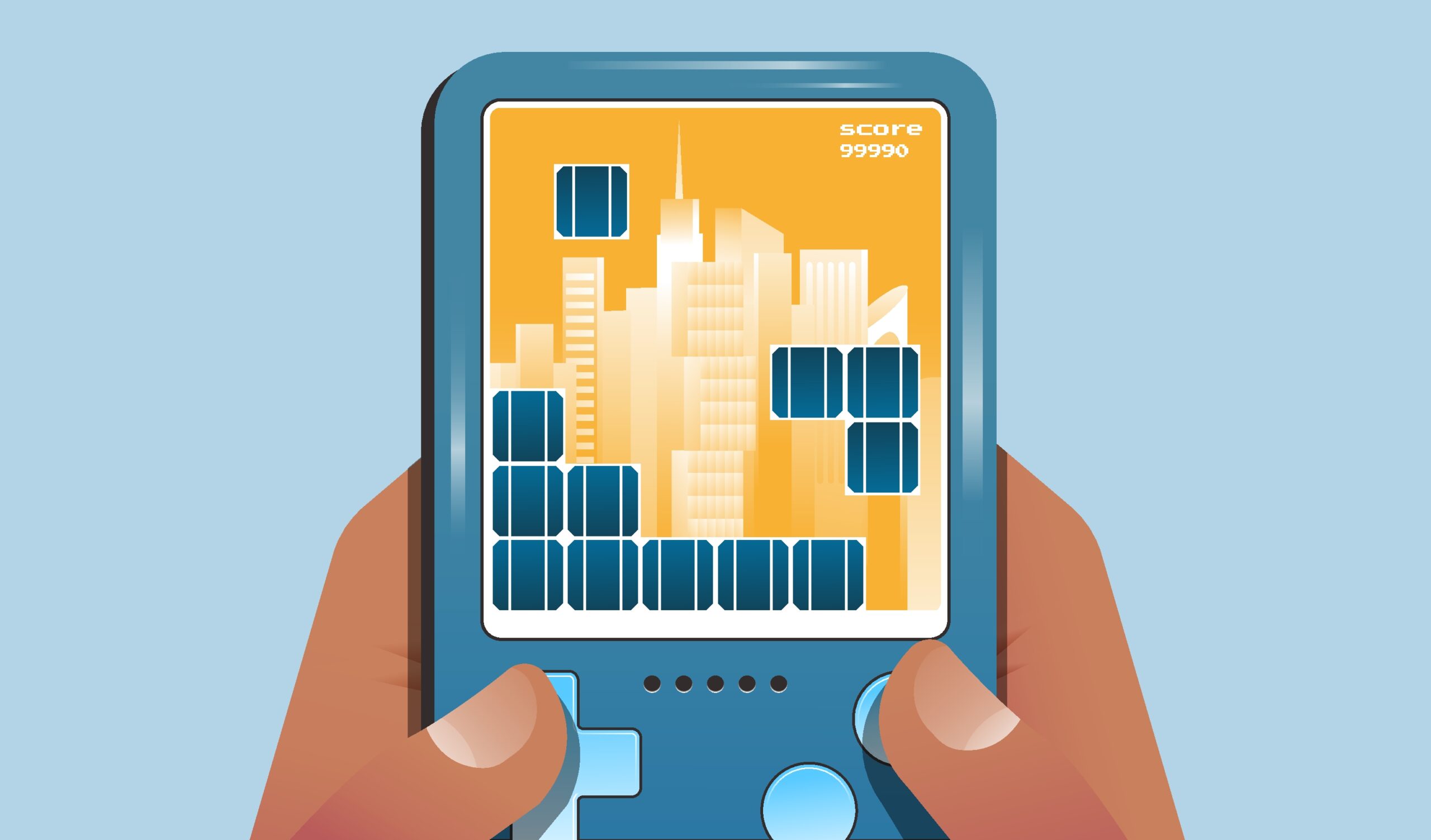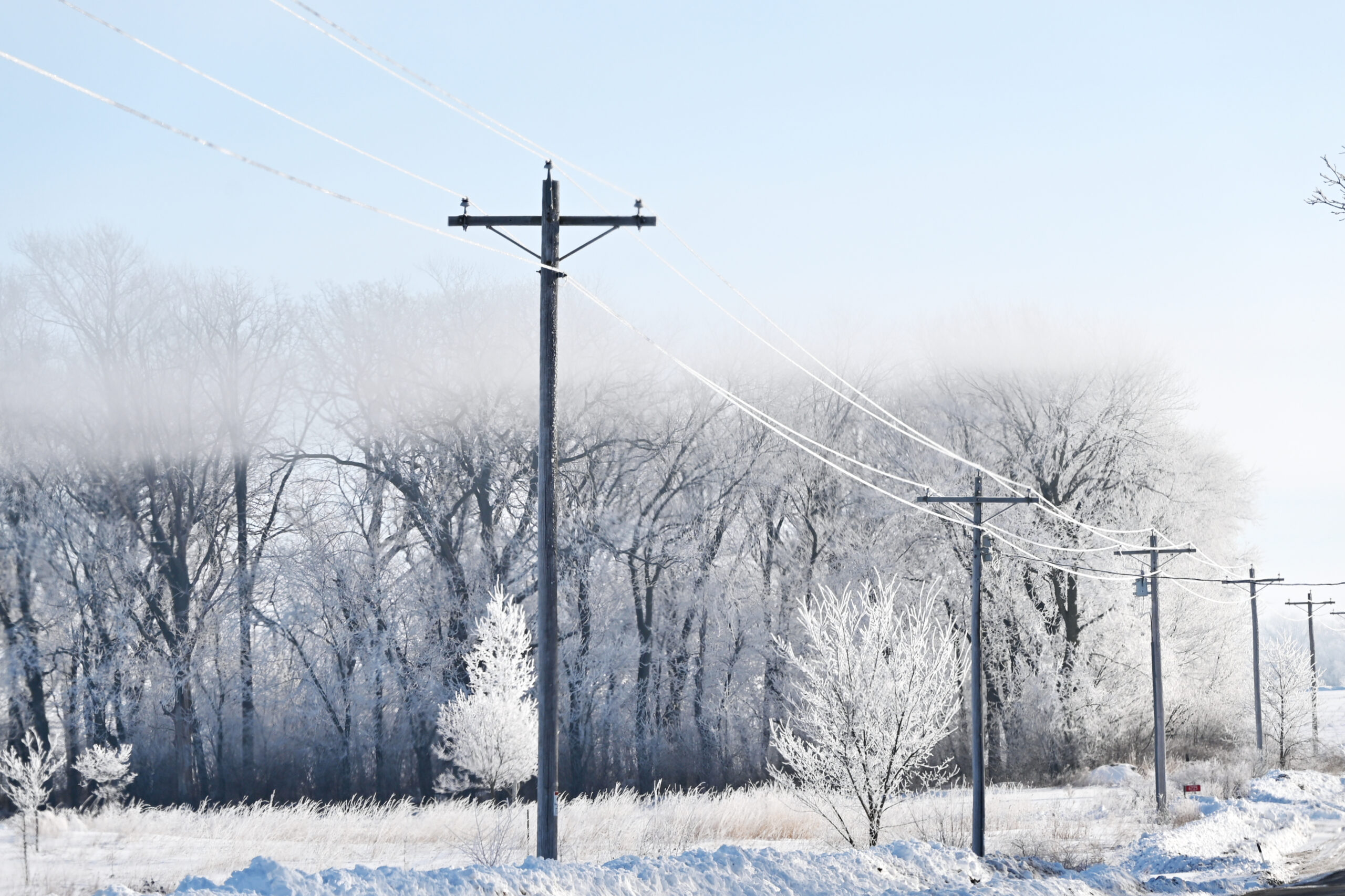There are approximately 3.32 billion active video game players worldwide, which amounts to around $5 billion per year in energy spending or around 34 TWh every year (2.4% of residential electricity consumed nationally). The amount of energy required varies from system to system, depending on the type of gaming system, the engine that the game runs on, and the average amount of time users spend playing per day, all of which use more energy than some small countries. Interest in video gaming continues to rise, further driving the need for energy-hungry AI and data center developments, and, in turn, utility costs. While some utilities have responded by proactively investing in grid upgrades, demand flexibility initiatives such as demand response, EV charging, or virtual power plants (VPPs) offer an affordable, non-wires alternative to meet rising demand, while enhancing grid resiliency.
Video Games & Clean Energy
It’s worth noting that the video game industry is already concerned about the rising energy demand and working to minimize these challenges. Research indicates that electric consumption is relative to the type of gaming engine used, offering an alternative path to energy efficiency by shifting away from the comparatively energy-hungry engine. Likewise, researchers have created a solar-powered server for Minecraft, again demonstrating the industry’s growing commitment to energy efficiency.
Analysts have found that approximately 74% of families play video games in the early evening hours, between 5 pm – 10 pm. This pattern conforms with traditional load demand windows, which leverage distributed energy resources (DERs) like solar, battery energy storage systems (BESS), electric vehicles (EVs) and EVSE chargers, and smart home devices like thermostats and water heaters to shift load through a distributed energy resource management system (DERMS) to off-peak periods of usage. This demand flexibility strategy minimizes usage when it’s the most expensive, while improving aggregate grid resiliency.
Virtual Power Plants Capacity
In 2023, the Department of Energy released a report stating that between 80-160 GW of aggregate virtual power plant capacity is needed by 2030 to meet rising demand. For now, the U.S. generates between 30-60 GW of aggregate VPP capacity, primarily driven by demand response programs. This demand flexibility program shifts load to off-peak hours of usage to relieve grid strain, freeing up resources to meet demand.
– Syd Bishop, Sr. Content Specialist, Virtual Peaker
As noted, some utilities have begun investing billions into grid projects designed to keep up with rising demand. While these investments are prudent, they are 40-60% more expensive than deploying the very same virtual power plants mentioned above as a national priority. As a non-wires alternative, virtual power plants often circumvent supply chain challenges or tariffs by leveraging existing technologies to shift demand. Using Topline Demand Control, a novel combination of AI, model predictive control, forecasting, and a Grid-Edge DERMS designed to optimize behind-the-meter DERs at the device level, utilities can rely on demand flexibility programs, including virtual power plants, to yield the exact amount of energy requested.
Types of Demand Flexibility Programs
There are several types of demand flexibility programs designed to help with load shifting, communally sourced energy assets, and energy arbitrage. These programs all function through the use of DERs, which are managed by distributed energy resource management systems (DERMS). There are two types of DERMS:
- Grid DERMS – A Grid DERMS manages utility-held assets like solar or battery installations. Because these assets are both subject to long interconnection queues and supply chain issues, and tariffs, which can extend the deployment of new installations.
- Grid-Edge DERMS – By contrast, Grid-Edge DERMS leverage behind-the-meter DERs found in places like residential, commercial, and industrial properties, which in many instances represent devices that are already in communities waiting to be leveraged.
Whether in front-of-the-meter or behind-the-meter, DERMS leverage DERs for demand flexibility programs. Because these programs traditionally run during peak periods of consumption, they operate in nearly identical windows to the most common periods of intense gaming, which is late afternoons into the evening, before 10 pm. Now, let’s take a look at the most common types of programs and use cases.
Load Shifting: Demand Response & EV Charging
Perhaps the most common demand flexibility program, demand response has a decades-long track record for success in shifting load to off-peak hours of usage. Demand response utilizes DER assets, often including thermostats or water heaters, to manage and shift load. Through device control, utilities can halt or curtail device usage by minimizing temperature settings or pausing functionality during grid events. Similarly, EV charging strategies manage EV charging times by pausing or shifting the charging period to off-peak periods of demand.
Community Generation: Batteries, V2G Charging, & Virtual Power Plants
The inverse of load shifting, demand flexibility programs like battery programs, V2G charging, and VPPs present an opportunity for utilities to access community-generated energy or energy generated and stored during off-peak hours of demand, redistributed when and where it’s needed. Battery energy storage systems (BESS) and V2G charging strategies both present a path for utilities to access energy stored in batteries to repower the grid, replacing any energy by resuming charging times during off-peak periods of consumption. Likewise, by controlling distributed energy sources (DERs) like solar inverters, utility program managers can manage solar energy, creating a virtual power plant that aggregates behind-the-meter solar assets to repower the grid.
Energy Arbitrage: Energy Efficiency, Load Shifting, & TOU Rates
Over time, energy arbitrage has become an increasingly common use case for demand flexibility programs. Energy arbitrage looks at energy markets and strategically deploys demand flexibility programs to curtail potentially costly energy purchases, effectively buying and storing energy when it is the most affordable for use when energy is at a premium, and often accomplished through load-shifting strategies. Similarly, time-of-use rates serve as a type of behavioral demand response to discourage usage through market pricing signals. Energy efficiency programs operate in much the same way, by persuading customers to curtail usage during peak periods of demand, thus enhancing grid resiliency.
Conclusion: Video Games, Data Center, & Demand Flexibility
Unfortunately, a new bill proposed in the U.S. could inadvertently drive up energy costs further by prioritizing coal plants, which represent a shrinking share of U.S. electricity generation at just under 16% of the energy mix generated in 2023. Fortunately, consumers have demonstrated increasing interest in investing in behind-the-meter DERs, presenting a widening array of demand flexibility program opportunities. Through concerted device control and aggregation, utilities can defray the high energy costs driven by the very data centers powering our leisure time, while enhancing grid resiliency.





